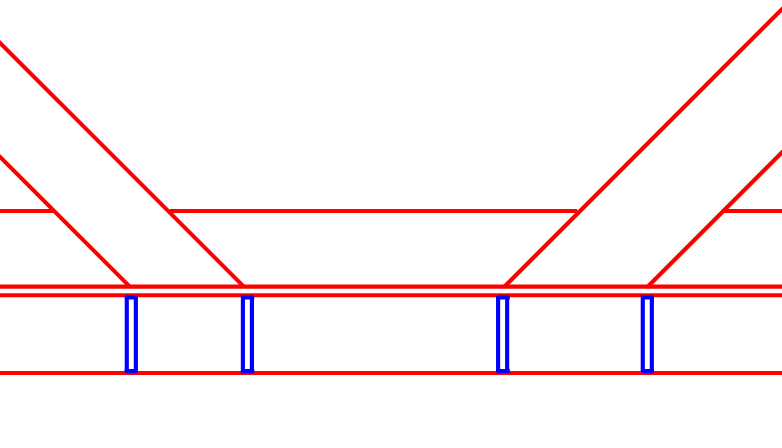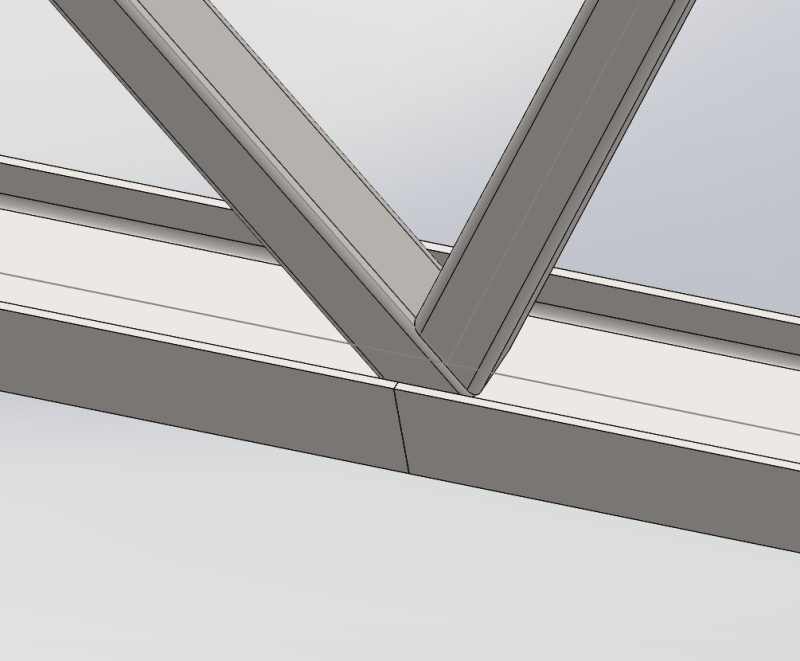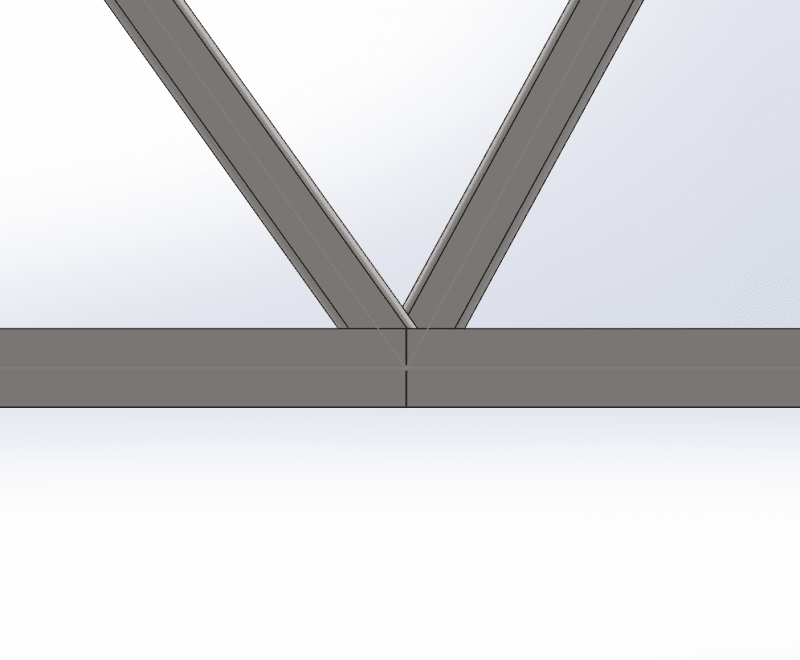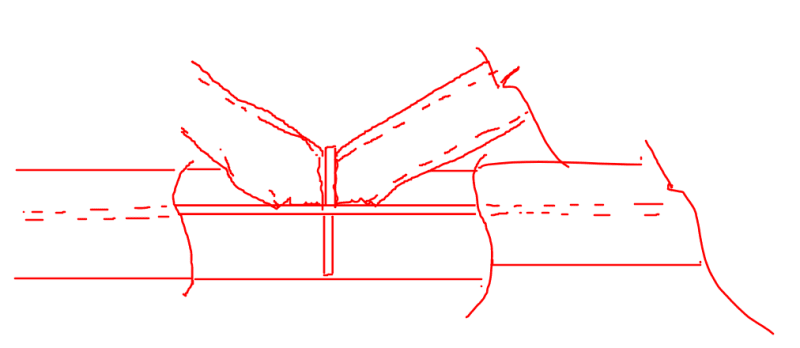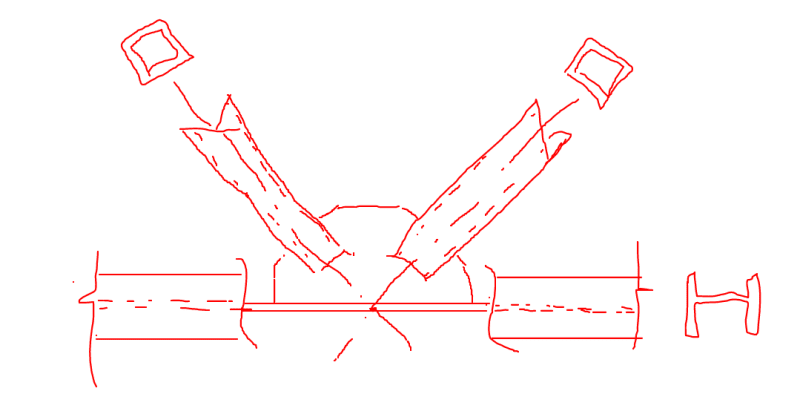trazimcalvina
Mechanical
- Nov 20, 2020
- 10
Hi all,
I am currently designing a truss with IPE 140 (I-beam) as chords. The beam however is rotated on its side, meaning its web is horizontal. The truss will have square hollow structural steel diagonals which are welded onto the horizontal web.
While checking those diagonals in the Eurocode EN 1993-1-8 I realized they only offer formulas for the case where the beam in the chord is vertical! (see attached). I tried scouring the rest of the standard and some additional literature but I could not find a word about my case.
My colleague suggested using all the dimensions from my horizontal web case and inserting them into the formulas meant for a vertical case (this means essentially switching around the height and width of the beam as well as changing its thickness) and the joint passed!
But I am of course not comfortable with this, nor am I sure that this is correct.
Has anyone met with this before? What was your solution.
I am currently designing a truss with IPE 140 (I-beam) as chords. The beam however is rotated on its side, meaning its web is horizontal. The truss will have square hollow structural steel diagonals which are welded onto the horizontal web.
While checking those diagonals in the Eurocode EN 1993-1-8 I realized they only offer formulas for the case where the beam in the chord is vertical! (see attached). I tried scouring the rest of the standard and some additional literature but I could not find a word about my case.
My colleague suggested using all the dimensions from my horizontal web case and inserting them into the formulas meant for a vertical case (this means essentially switching around the height and width of the beam as well as changing its thickness) and the joint passed!
But I am of course not comfortable with this, nor am I sure that this is correct.
Has anyone met with this before? What was your solution.

